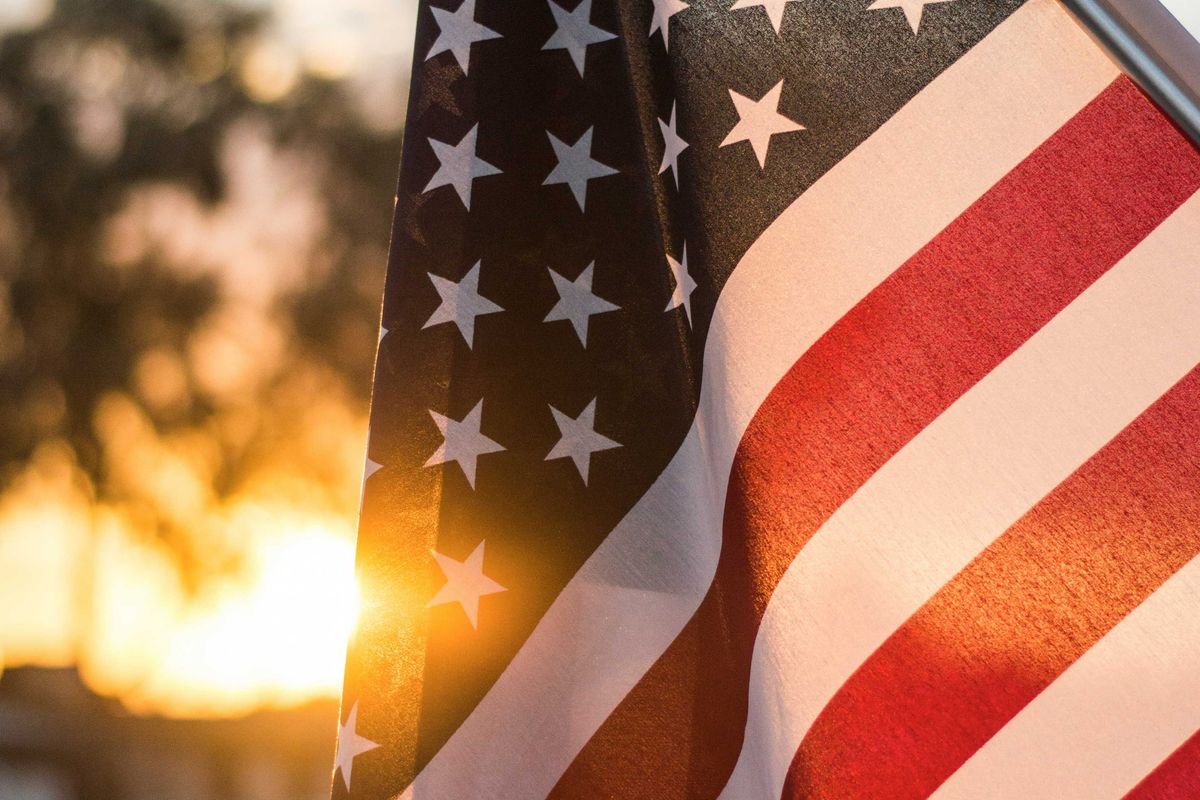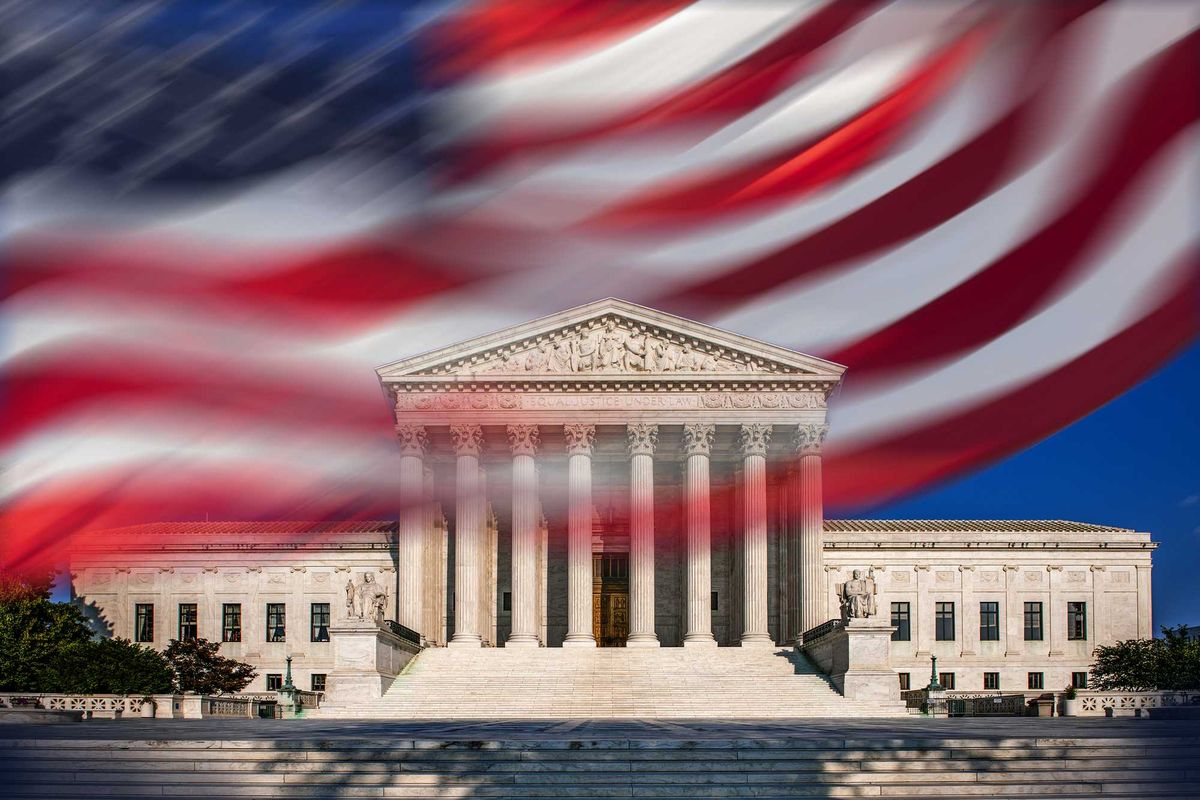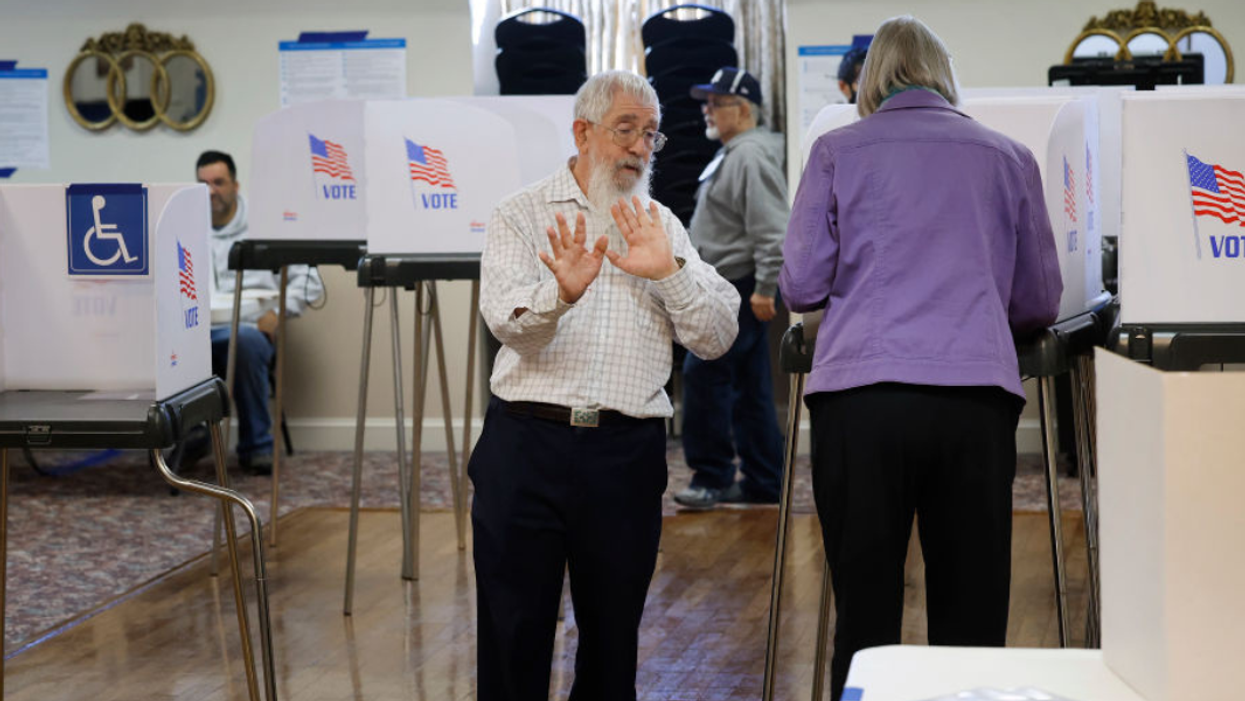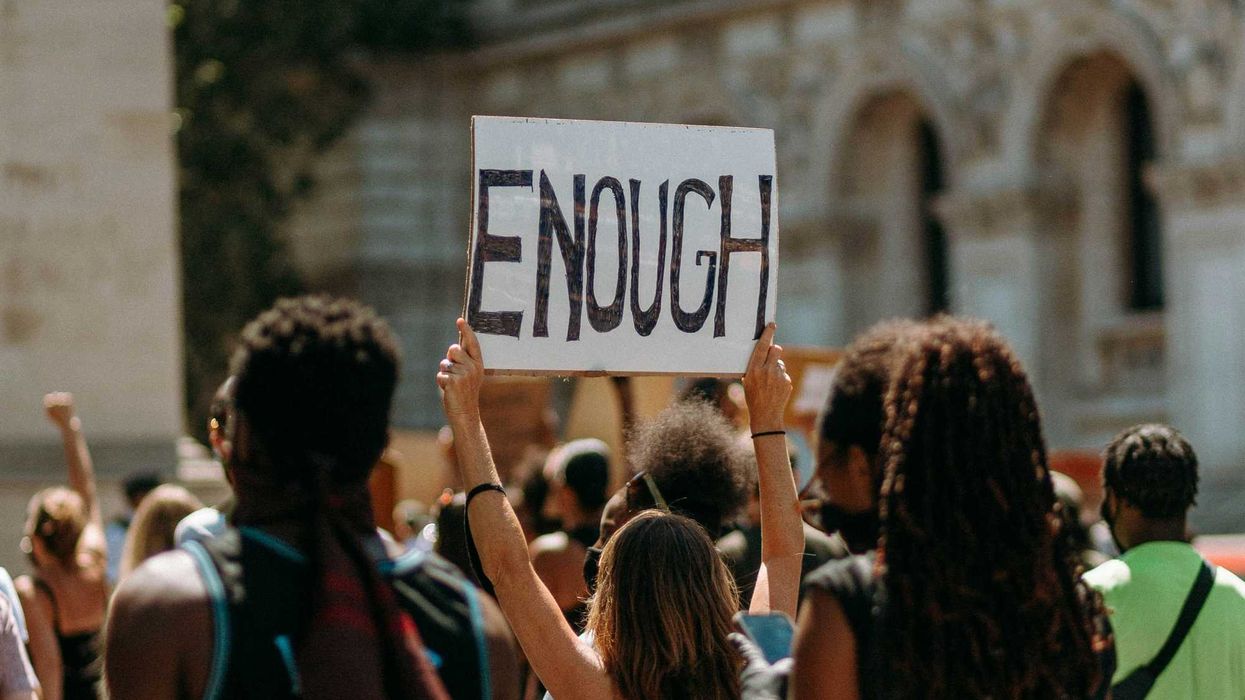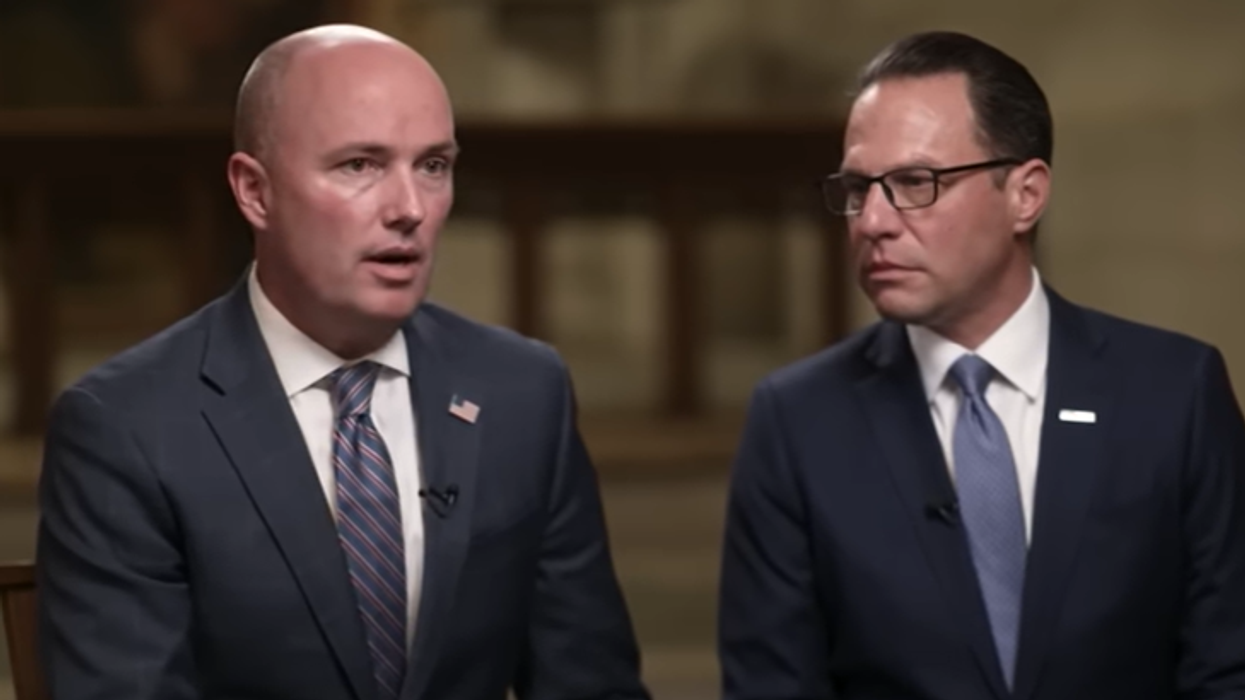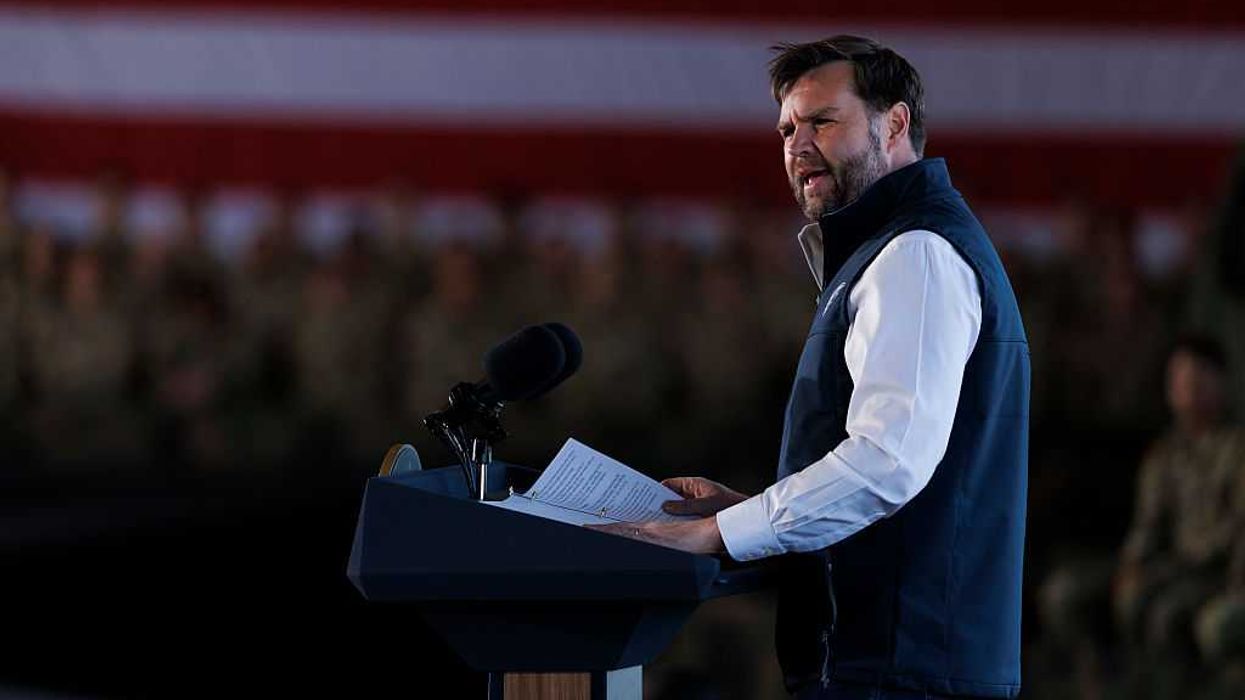Barbara Dyer is a Research Affiliate at the Institute for Work and Employment Research, MIT Sloan School of Management. Terry Gerton is the President and CEO of the National Academy of Public Administration. Both are Fellows of the Academy.
The elderly woman looked determined as she walked slowly toward the voter registration desk, her three-pronged cane punctuating her fortitude. She was there to vote, and nothing – not her age-weakened legs or her failing hearing – would get in her way. She was among the many voters we encountered as we worked the polls in the November 2022 elections.
Each of us served as a poll worker for the first time last fall, Barbara in the District of Columbia and Terry in Arlington, Virginia. We joined the ranks of the more than 775,000 poll workers who assist workers at the 132,556 polling locations across the nation. Troubled by reports of threats and harassment and the resulting decline in the numbers of poll workers, Barbara applied for the post of Registration Clerk. Terry served as an Election Officer, covering the check-in and ballot processing functions. We wanted to do our part as citizens and also see how the system works from the inside out.
Poll workers are part-time, temporary employees hired at the local level to assist voters during early voting and on Election Day. We didn’t know what to expect when we submitted our on-line applications, but we each received a quick reply confirming our registration and inviting us to attend a training workshop.
Barbara’s training at the D.C. Board of Elections with 25 other prospective Registration Clerks was intense. It included lots of information about set-up, equipment rules, protocols, tips, and tools for dealing with a range of situations – if this happens, you must do that, if that comes-up you must do this …nerve-wracking simulations, role playing, and finally a test. It was election worker boot camp! Fortunately, in addition to the site-based training, she was provided on-line training videos and a Vote Center Operations Manual for review. Terry’s training was similar, although without all of the registration technicalities – whew!
While we only worked for a short period of service, every locality and state have a full-time professional election staff that plans for and manages elections year-round. One employee at the D.C. Board of Elections told us about her job and why she chose this work. She said she started like us, helping at the polls, but it became something deeper for her. She told us that generations of people have fought hard – even died – to make it possible for her to vote. She is committed to doing her part to protect and preserve that right.
Sadly, many of her counterparts in other locales are making their exits. Free and fair elections are a prerequisite to democracy and those who secure our voting systems – from poll workers to chief election officers and state Secretaries of State – are essential in making sure those systems work.
Those voters arriving at our precincts were universally appreciative of the support. But numerous reports of hostility toward election workers across the country tell a different story. False claims of election fraud, repeated far and wide, follow a law of propaganda: “Repeat a lie often enough and it becomes the truth.” And, as increasing numbers of Americans come to believe false claims of rigged elections, workers in these systems become targets. Fortunately, predictions of violence at the polls did not transpire last November. But threats to election workers were real and consequential. Many were pushed to their limits and ultimately left their jobs.
We were lucky this time. But the issue did not vanish after last year’s relatively calm election. We must begin the steps now to ensure that our next round of elections, both at the local and national levels, are safe, secure and trustworthy.
First, we must ensure that we maintain both the professional election workforce and a strong pool of volunteers to manage and run our election system. The U.S. Election Assistance Commission (EAC) offers great resources to encourage and enroll volunteer poll workers. In fact, they recently hosted a roundtable on initiatives to enroll and retain poll workers across the country, including the Help America Vote College Program.
With $1 million in funding, this EAC grant program encourages student participation as poll workers or assistants, fosters student interest in the elections process, encourages state and local governments to use students as poll workers. The National Association of State Election Directors also ( NASED) offers resources and support for Election Directors at the state and local levels across the country.
Second, we must reconcile the fact that we will always have a decentralized elections system with complex and varying rules and procedures, with the imperative that the system be universal in its integrity. Federal law requires that every state have a chief election official to oversee the process, but beyond that, no two states are alike.
This very complexity can provide fodder for misinformation and disinformation about the trustworthiness of our election processes, but it also helps to make them more secure. Citizens can help to defuse these threats by learning more about the actions being taken to secure our elections. MITRE’s National Election Security Laboratory and the Center for Internet Security’s Election Security Tools and Resources are two of many reliable resources.
Thinking back on our experiences at the polls last November, we realized that we met more than 1,300 voters between us. They were people young and old; parents with children; working and retired; neighbors and folks from across town. First-time voters received standing ovations from all in the room. We were struck by the steady flow and diverse array of voters. And while they undoubtedly had differing views on candidates and issues, their common sense of purpose was unmistakable – they came to vote, and they believed that their votes matter.
The opportunity to participate so directly in democracy was exciting, incredibly rewarding, and habit-forming. We’re now hooked on volunteering for future elections – we hope you’ll join us!


